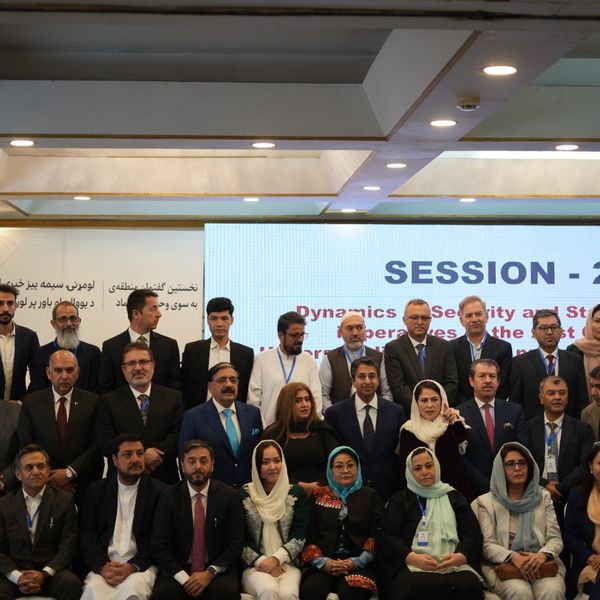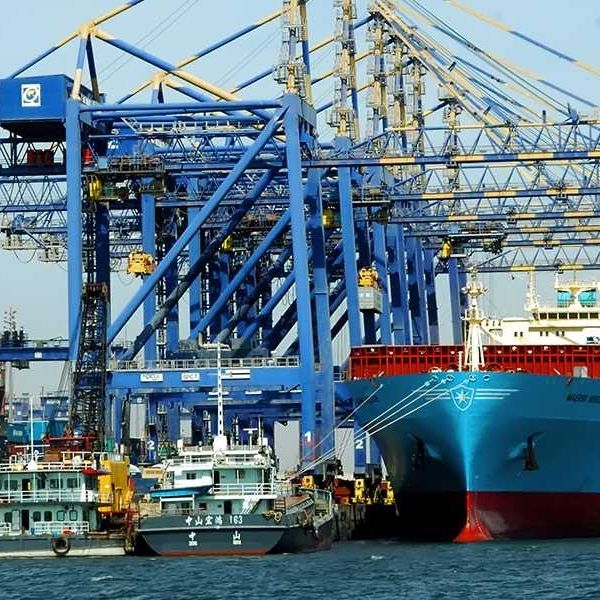Pakistan’s digital economy trails behind regional rivals, says report
Without structural reforms and long-term strategy, Pakistan risks missing the digital revolution despite strong talent and rising demand

Haris Zamir
Business Editor
Experience of almost 33 years where started the journey of financial journalism from Business Recorder in 1992. From 2006 onwards attached with Television Media worked at Sun Tv, Dawn Tv, Geo Tv and Dunya Tv. During the period also worked as a stringer for Bloomberg for seven years and Dow Jones for five years. Also wrote articles for several highly acclaimed periodicals like the Newsline, Pakistan Gulf Economist and Money Matters (The News publications)

Photo by Christina Morello via Pexels
Despite showing signs of digital progress, Pakistan continues to trail far behind regional counterparts like India in key indicators of e-commerce, technology exports, and digital infrastructure.
Experts argue that without a clear, long-term vision and structural reforms, Pakistan risks missing out on the economic potential of the digital revolution.
According to a report of Asian Development Bank, Pakistan’s digital business activity expanded across more than 130 cities. However, the sector still accounts for just 1.5% of the country’s GDP compared to India’s 10.5%. Similarly, e-commerce spending in Pakistan stood at $10.5 billion, dwarfed by India’s $115 billion, a staggering 11-fold difference.
The gap is equally pronounced in technology services exports. Pakistan managed $2.6 billion in FY2022-23, while India achieved $194 billion. Tech companies in Pakistan represent just 3% of stock market capitalization, underlining their limited role in the broader economy.
Education and talent pool show mixed signals
Pakistan has over 3.1 million students enrolled in universities, including 471,000 in STEM (Science, Technology, Engineering, Mathematics) and 273,000 in ICT-related fields. However, university enrollment in the 18-25 age group remains low at 12%, compared to the South Asian average of 25%. India and Iran report far higher rates of 32% and 57% respectively.
Startup growth stunted by global conditions
Pakistan’s tech startup ecosystem attracted $365 million in venture capital during 2022. But since then, higher U.S. interest rates have discouraged global investors from placing capital in emerging markets, sharply reducing funding opportunities for Pakistani startups.
The country ranked 125th out of 166 in the 2023 Frontier Technologies Readiness Index — well behind India and Sri Lanka — highlighting the need for comprehensive digital development.
Infrastructure and policy challenges hampering growth
High taxation, regulatory uncertainty, and analog governance processes are significantly impeding digital sector growth. Taxes on telecom and digital services are among the highest in the region, and inconsistent policies add a hidden cost burden to service providers and users alike.
Additionally, Pakistan’s telecom spectrum pricing and allocation system remains inefficient. High reserve prices and uncompetitive auction terms have hindered progress in mobile service quality and the rollout of 5G networks.
Foreign investment in the telecom sector has declined due to these policy and business environment challenges, affecting not just connectivity but also digital innovation across sectors.
Provinces and USF must play a bigger role
The provinces have a pivotal role in driving digital inclusion, especially by using broadband for schools and hospitals in second- and third-tier cities. Such “anchor customers” can stimulate investment in fiber-optic networks and help bridge the digital divide.
Moreover, the Universal Service Fund (USF) — established to expand telecom services in underserved areas — has been criticized for inefficiencies and fund diversions. Experts call for reforms that channel USF investments through infrastructure providers and support demand-generating projects like Smart Villages and smartphone subsidies.
What needs to be done
To unlock the potential of Pakistan’s digital economy, the following actions are urgently needed:
- Expand fiber-optic infrastructure by resolving Right-of-Way (RoW) issues and incentivizing open-access private investment.
- Rationalize and stabilize digital taxes to encourage long-term private sector participation.
- Fix spectrum auction conditions by consulting stakeholders, setting predictable pricing, and de-linking rates from the U.S. dollar.
- Reform USF to focus on rural connectivity and early-stage infrastructure projects.
- Enable digital public-private partnerships (PPPs) through clear legal and regulatory frameworks.
- Support smartphone manufacturing and exports by implementing promised R&D allowances.
- Improve digital access for marginalized communities, particularly women, through low-cost device programs and inclusive connectivity policies.
Analysts emphasize that Pakistan’s digital development cannot rely on short-term, symbolic projects. What’s required is a coherent national strategy, backed by consistent policies and stakeholder collaboration.
“Pakistan has the talent and the potential to compete regionally,” said a digital economy expert. “But without foundational reforms and strong public-private coordination, the country risks falling further behind in the global digital race.”










Comments
See what people are discussing